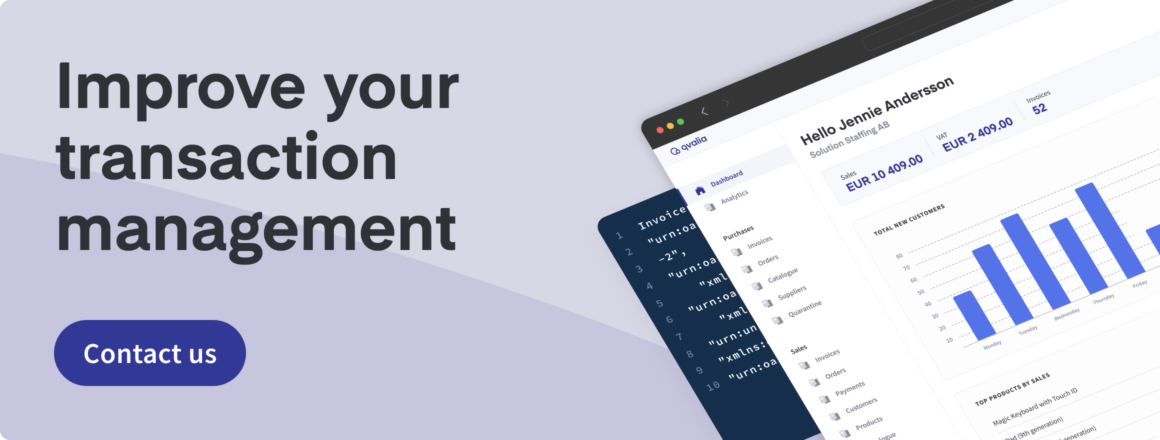ANSI X12, also known as ASC X12, is a set of standards developed by the American National Standards Institute for Electronic Data Interchange (EDI). These standards facilitate the electronic exchange of business documents between organizations in a structured and standardized format.
ANSI X12 covers a wide range of transaction sets, each designed for specific types of business documents such as purchase orders (850), invoices (810), shipping notices (856), and payment orders (820). The standards specify the syntax and data elements required for these transactions, ensuring consistency and interoperability across different systems and organizations.
Key components
- Standard Transactions: Defined transaction sets for various business documents.
- Syntax and Data Elements: Guidelines for the structure and content of EDI messages.
- Interchange Control Structures: Mechanisms for managing the transmission of multiple transaction sets within a single communication session.
Message types
The ANSI X12 standard supports various business messages, each designed for specific types of transactions. These transaction sets facilitate various business processes, including procurement, invoicing, shipping, payment, inventory management, and order processing. The use of ANSI X12 ensures that these transactions are standardized and efficient, promoting interoperability and accuracy in business communications.
Here are some of the most commonly used types of business messages in the ANSI X12 format:
850 – Purchase Order: Used to order goods or services.
810 – Invoice: Used to bill for goods or services provided.
856 – Ship Notice/Manifest: Used to detail the contents of a shipment.
820 – Payment Order/Remittance Advice: Used to make a payment and provide remittance information.
830 – Planning Schedule with Release Capability: Communicating forecasted demand and shipping schedules.
997 – Functional Acknowledgment: Used to acknowledge receipt of an EDI transmission and confirm whether it was processed successfully.
940 – Warehouse Shipping Order: Instruct a warehouse to ship goods.
945 – Warehouse Shipping Advice: Used to confirm the shipment of goods from a warehouse.
214 – Transportation Carrier Shipment Status Message: Used to provide status information about a shipment.
210 – Motor Carrier Freight Details and Invoice: Used by motor carriers to provide freight details and invoices.
850 – Purchase Order Acknowledgment: Used to confirm receipt of a purchase order and indicate acceptance or rejection.
832 – Price/Sales Catalog: Used to provide product information, including pricing and specifications.
846 – Inventory Inquiry/Advice: Communicating inventory levels and status.
850 – Order Status Inquiry: Used to inquire about the status of an order.
810 – Order Status Report: Used to provide a status update on an order.
Using ANSI X12 with Qvalia
Qvalia offers solutions for managing and converting business documents to and from the ANSI X12 format. Our platform integrates with your existing systems to facilitate efficient and accurate electronic data interchange (EDI). We handle various transactions, including purchase orders, invoices, and shipping notices, ensuring reliable and compliant data exchanges.
